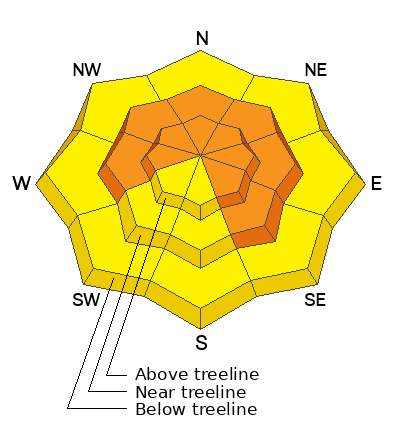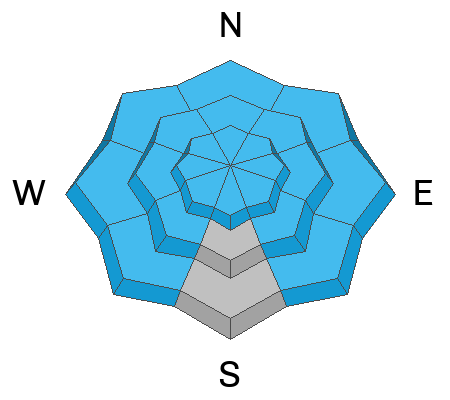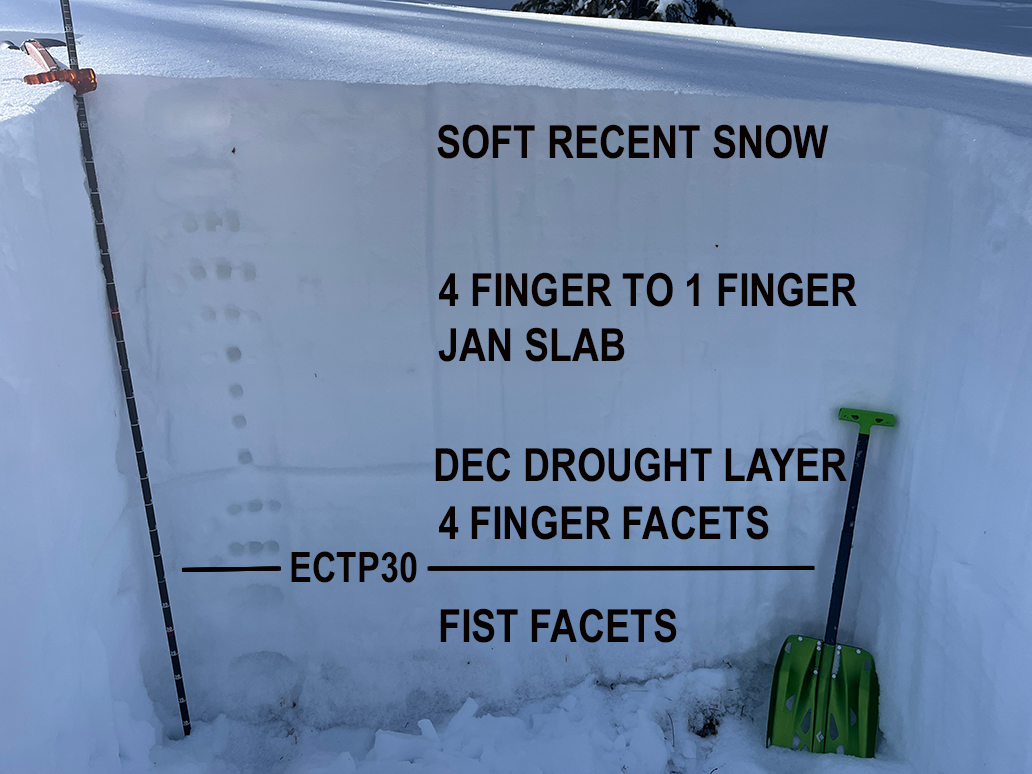Forecast for the Moab Area Mountains

Issued by Eric Trenbeath on
Sunday morning, January 28, 2024
Sunday morning, January 28, 2024
A CONSIDERABLE avalanche danger remains on steep slopes near and above treeline that face W-N-E-SE. Human triggered avalanches failing on a buried persistent weak layer 2'-6' deep are likely.
A MODERATE avalanche danger exists on all aspects below treeline, and on steep slopes facing SW-S at all elevations. Human-triggered avalanches failing on a buried persistent weak layer are possible.
As outward signs of instability decrease, it's important to remember what lies underneath. Continue to avoid slopes steeper than 30 degrees, especially those that face W-N-E-SE.

Low
Moderate
Considerable
High
Extreme
Learn how to read the forecast here








